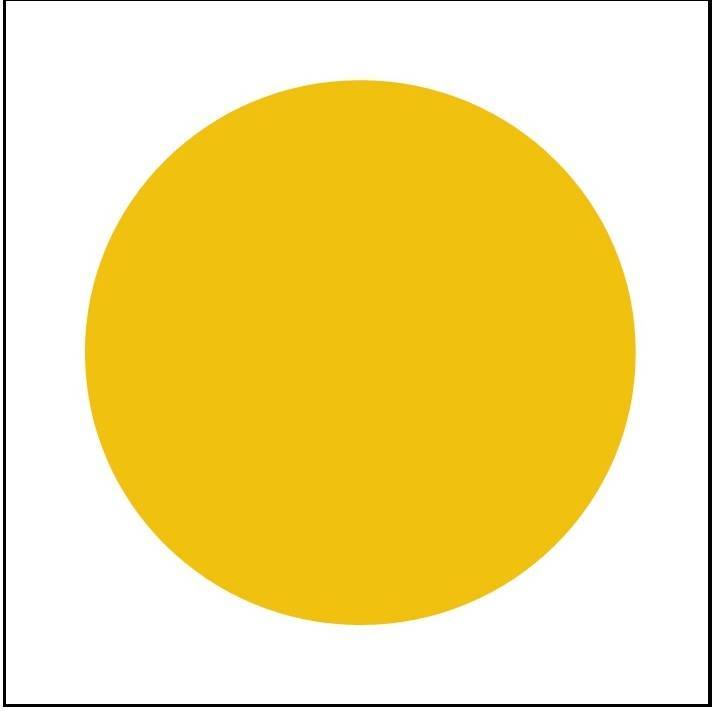Written by Nikolaus von Twickel
Summary
The coronavirus crisis deepened considerably and both “People’s Republics” reported medical shortcomings. The “DNR” admitted a severe shortage of tests and medicines and massive rises not just in COVID-19 cases but also in pneumonia.
“DNR” admits it is short of tests
Donetsk Health “Minister” Alexander Oprishchenko said on 15 October that the “DNR” had capacity for carrying out just 480 tests per day, 320 PCR tests free of charge and another 160 antigen tests for paying patients. Given that the “DNR” lately reported on average 100 infections per day, this means a positive rate of 20 per cent – four times higher than 5 per cent, considered the ceiling for enough testing.
The Donetsk separatists reported 722 new coronavirus infections and 60 deaths in the week leading up to 18 October. In the week before, those numbers stood at 717 and 65 respectively, up from the previous weekly figures of 505 cases and 37 deaths.
But additionally, beginning on 13 October, the “DNR” began reporting some 200 daily pneumonia cases, a total of 1,153 until 18 October. Oprishchenko said on 15 October that daily pneumonia cases had risen from 30-40 daily cases to 210 per day and that 60 to 70 per cent of these patients had coronavirus infections.
It was not clear, if those pneumonia cases could be added to existing COVID-19 cases. The “DNR” health “minister” did say, however, that the number of patients that have been tested positive was two to three time higher the official number (5,278 as of 18 October). The case numbers communicated by the separatists are also significantly lower than those in government-controlled areas of Ukraine – but not the death figures. As of 18 October, the Donetsk region had reported 7008 cases and 80 deaths. The “DNR” had 5278 cases and 349 deaths on that day.
Speaking on separatist-controlled OPLOT-TV, a Donetsk doctor said on 18 October that the situation was dire for medical staff working amid serious staff shortages and under serious psychological pressure. On the same day, Onishchenko admitted that pharmacies were running short of medicines against respiratory diseases and promised that the shortages would be addressed in the coming week.
Tests and medicines can get to the “People’s Republics” only from Russia.
“LNR” admits overcrowded hospitals
The situation in the “LNR” also remained dire. While the official figures were not so dramatic – 131 cases and 9 deaths in the week up to 18 October, 169 cases, 12 deaths and 106 cases, 8 deaths in the two weeks before – but photos of patients queuing outside clinics suggested a different picture. There were also reports of medicine shortages and long lines outside pharmacies.
Speaking in a radio interview on 19 October, Health minister Natalia Pashchenko admitted for the first time that hospitals were overcrowded but downplayed this by adding that putting up patients in corridors was normal and part of hospital planning since the days of the Soviet Union. She did, however, announce the suspension of routine visits to doctors, to ease their extraordinary workload.
Pashchenko also said that the “LNR” had received 25,000 antigen tests, but added that their accuracy was just 30 per cent. The “minister” also said that the “LNR” had tried to get Russia’s coronavirus vaccine but had received no answer so far. Her Donetsk colleague said days earlier, that the “DNR” had asked Russia to send vaccines.
Russian President Vladimir Putin announced a vaccine in August and another one in October, but experts have warned that the Russian vaccines are still in trial stage and not ready for mass usage.
To fight the pandemic, both “Republics” have closed schools and switched universities to online learning, asked employers to allow staff to work from home and called on the elderly to stay at home as much as they can. However, tougher measures were not discernable. “DNR” leader Denis Pushilin on 16 October decreed new fines of up to 10,000 Russian roubles (110 euros) for people not wearing masks.



